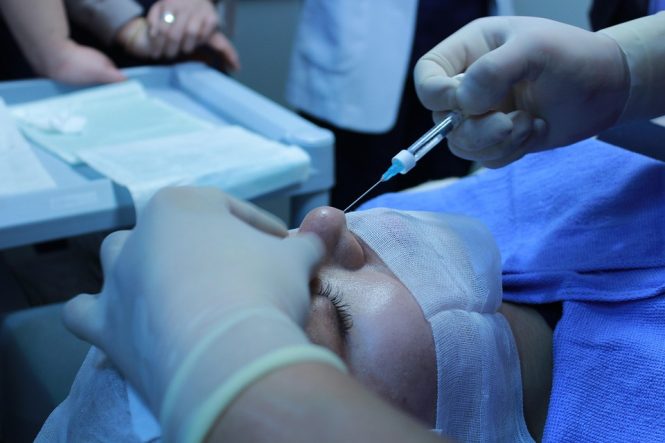
Botox: The Miracle Cure for Migraines, Excessive Sweating, and More
In recent years, Botox has become a household name, synonymous with reducing wrinkles and fine lines. However, the versatile neurotoxin has been found to have a multitude of uses beyond the realm of cosmetic procedures. From treating debilitating migraines to alleviating excessive sweating, Botox has emerged as a miracle cure for a variety of conditions. In this article, we will explore the various uses of Botox and how it is changing the lives of millions of people worldwide.
Migraine Relief
For those who suffer from chronic migraines, Botox has been a game-changer. The FDA-approved treatment involves injecting Botox into the forehead, neck, and shoulders to relax the muscles that cause migraine pain. Studies have shown that Botox can reduce the frequency and severity of migraines by up to 50%. The exact mechanism of how Botox works for migraines is still not fully understood, but it is believed to block the release of pain-causing chemicals in the brain.
Excessive Sweating (Hyperhidrosis)
Hyperhidrosis, or excessive sweating, is a condition that affects millions of people worldwide. Botox has been found to be an effective treatment for this condition, particularly in the underarms, palms, and soles of the feet. By injecting Botox into the affected areas, the nerve signals that stimulate sweat glands are blocked, resulting in a significant reduction in sweat production. The treatment is temporary, lasting around 6-12 months, but it has been shown to improve the quality of life for those who suffer from this embarrassing and debilitating condition.
Other Uses for Botox
In addition to migraines and excessive sweating, Botox has been found to be effective in treating a variety of other conditions, including:
- Blepharospasm: a condition characterized by involuntary twitching or spasms of the eyelids
- Strabismus: a condition where the eyes are misaligned, causing double vision
- Cervical dystonia: a condition characterized by involuntary muscle contractions in the neck
- Overactive bladder: Botox can be injected into the bladder muscle to reduce the frequency and urgency of urination
- TMJ disorder: Botox can be used to relax the jaw muscles and alleviate pain and tension
How Botox Works
Botox is a neurotoxin that works by blocking the release of a chemical called acetylcholine, which is responsible for transmitting signals between nerves and muscles. When Botox is injected into a muscle, it temporarily relaxes the muscle, preventing it from contracting. This relaxation of the muscle can have a variety of effects, depending on the condition being treated.
Safety and Side Effects
While Botox is generally considered safe, there are some potential side effects to be aware of. These can include bruising, swelling, and redness at the injection site, as well as flu-like symptoms, headaches, and eye dryness. In rare cases, Botox can cause more serious side effects, such as drooping eyelids or facial asymmetry. However, these side effects are typically temporary and resolve on their own within a few weeks.
Conclusion
Botox has come a long way since its introduction as a cosmetic treatment for wrinkles and fine lines. Its versatility and effectiveness in treating a variety of conditions have made it a miracle cure for millions of people worldwide. From migraines and excessive sweating to blepharospasm and overactive bladder, Botox has been found to be a safe and effective treatment option. As research continues to uncover new uses for Botox, it is likely that this versatile neurotoxin will remain a mainstay of medical treatment for years to come.